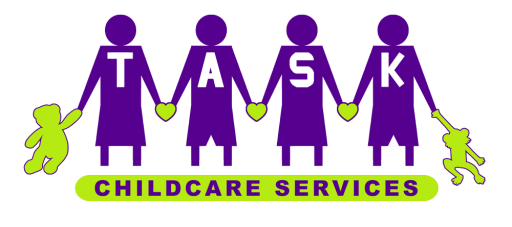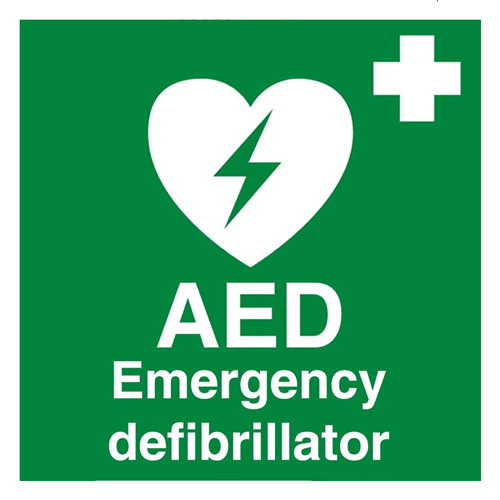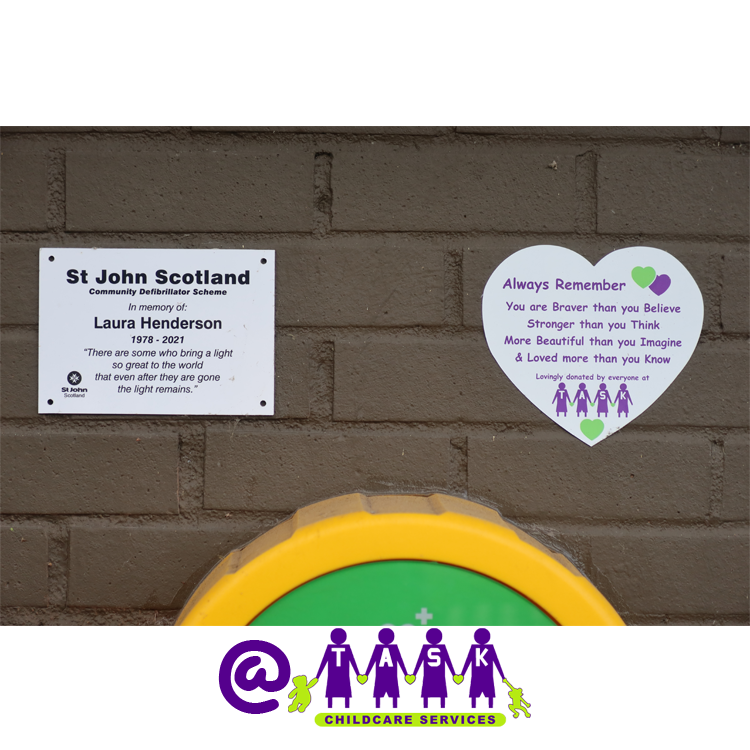TASK CHILDCARE INSTALLS DEFIBRILLATOR
November 2023
TASK Family Support and Learning Centre has installed a defibrillator at the front of the building for use by anyone in delivering care to someone in an emergency situation. There are instructions on its use on the box. Familiarity about the procedures in using this device can be accessed online if you wish however they are fairly straightforward to use.
As it is located behind our secure fence then our defibrillator is available only during the times when we are open. Usually between the hours of 8am till 6pm.
How to use a defibrillator
If someone is in cardiac arrest, call 999 and start CPR. If you are on your own, do not interrupt CPR to go and find a defibrillator. If it's possible, send someone else to find one. When you call 999, the operator can tell you if there's a public access defibrillator nearby.
Anyone can use a defibrillator. You do not need training. Once you turn it on, it will give clear step-by-step voice instructions.
Many defibrillators also have visual prompts and images showing how to use it.
The device checks the person’s heart rhythm and will only tell you to give them a shock if it’s needed. You cannot shock yourself or someone else accidentally.
Steps to using a defibrillator
Step 1: Press the green button to switch on the defibrillator and follow the instructions.
Step 2: Remove the person’s clothing above the waist.
You might have to remove a person's bra by slipping the straps down or cutting it off. Most defibrillator packs have tools like scissors to help you to do this. It might feel odd or embarrassing but do not let that stop you. Remember, this is a life-or-death situation.
Step 3: Peel off the sticky pads and attach them to the person’s bare skin. Put one pad on each side of the chest as shown in the picture on the defibrillator.
Step 4: Once you have attached the pads, stop CPR and do not touch the person. The defibrillator will then check the person’s heart rhythm.
Step 5: The defibrillator will decide whether a shock is needed. If so, it will tell you to press the ‘shock’ button. An automatic defibrillator will shock the person without you needing to do anything. Do not touch the person while they’re being shocked.
Step 6: The defibrillator will tell you when the shock has been given and whether you need to continue CPR.
Step 7: If the defibrillator tells you to continue to do CPR, continue with chest compressions until the person shows signs of life, or the defibrillator tells you to stop so it can analyse the heartbeat again.




